Seasons – January 2020
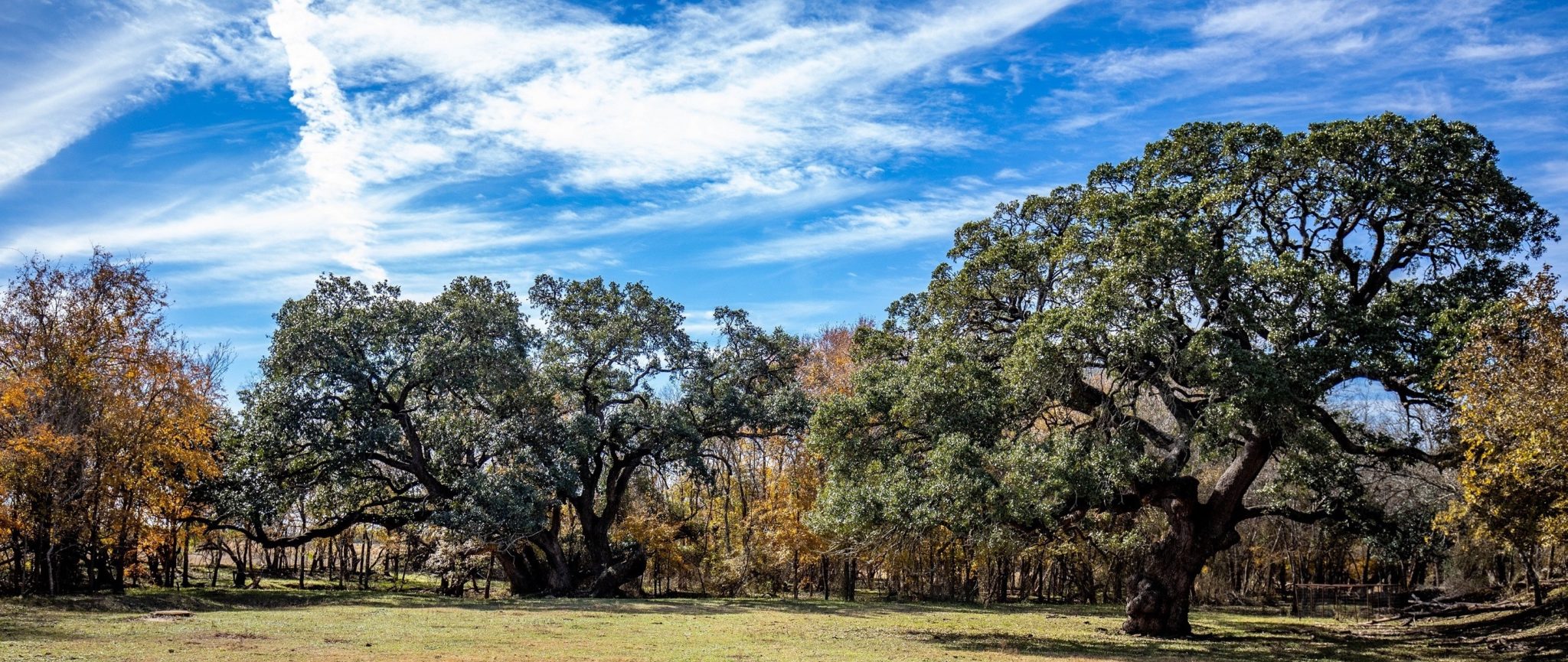
From the Plateau Land & Wildlife Management Team
With a new year upon us, many of us are taking time to reflect on the past year by evaluating our successes and challenges, and planning for the year ahead. Here at Plateau, we encourage you to think about your land and wildlife management journey as we come in to the new year. Please share with us your challenges and successes of 2019, via email or on one of our social media channels. We love to hear from you!
And as you reflect on the closing of another year, be sure to add wildlife management valuation to your list of those things you did right this year – because an investment in the enjoyment of your land, the heritage of land ownership, and protecting our natural resources is something that will pay dividends for many more years to come.
Until next season and Seasons,
The Plateau Team
Table of Contents
Winter Visitors to Nest Boxes
Winter Wildlife Management Activity Checklist
Service Spotlight: Seminars
‘Tis the Season to Start Talking
Plateau Land Group Featured Listing
The Importance of Quality and Going Local
Winter Visitors to Your Bird Nest Boxes
By Shane Davis, Wildlife Services Technician
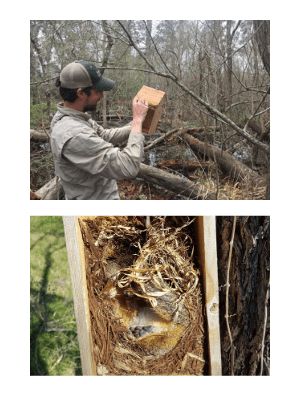 While Texas tends to enjoy a much milder winter compared to other places, we still get occasional fronts and cold snaps that rush in and drop temperatures quickly. When these freezing temperatures arrive we like to bundle up and stay inside as much as possible, and wildlife is no different. If you have bird nest boxes, or birdhouses, for breeding birds in the spring, you may be surprised to find a wide variety of species inhabiting the boxes during the colder months.
While Texas tends to enjoy a much milder winter compared to other places, we still get occasional fronts and cold snaps that rush in and drop temperatures quickly. When these freezing temperatures arrive we like to bundle up and stay inside as much as possible, and wildlife is no different. If you have bird nest boxes, or birdhouses, for breeding birds in the spring, you may be surprised to find a wide variety of species inhabiting the boxes during the colder months.
First and foremost, while few birds breed and nest outside of early spring to mid-summer, many of the birds that stay in Texas and do not migrate will use the boxes on cold nights as roosts. Which species will use your boxes varies depending on many factors, including the size of both the entrance hole and the overall interior space. Some species documented include Woodpeckers, Bluebirds, and other resident songbirds such as Titmouse and Chickadees. Typically the birds do not build any sort of nest or bedding for this, and merely take shelter in the empty box. Some research on this has found that the temperature within a nest box can be up to ten degrees warmer than the outside air. This may not seem like much to us, but to a small bird like a Chickadee, there’s a great deal of difference between 20 and 30 degrees.
However, it’s not just birds who want to escape the cold and seek shelter within your nest boxes. Nearly all manner of snakes and frogs that climb well can be found inside the boxes. The warmth the boxes provide is even more crucial to these species, as they are cold-blooded and cannot move if the outside temperature is too low.
One group that can often be found using the boxes is rodents, and if you know what to look for, the evidence of their stay can be seen even after they’ve left. Rodents like to pack the boxes with a hefty clump of wood shavings to keep extra warm. Anything from small Field Mice, to Flying Squirrels, and even large Fox Squirrels can be found bedding down in your nest boxes, as seen in the bottom photo. While they are relatively harmless, it’s always a good idea to clean out this bedding before the start of the breeding season so your nest boxes are free for the birds to make their nests. Just make sure to be gentle, as the mice often hide deep within the bedding and will only come out as a last resort.
Back to TopBack to TopWinter Wildlife Management Activity Checklist
By Kameron Bain, Landowner Account Manager
The weather recently has been a little unpredictable. However, no matter if the skies are gray or the sun is out, winter is still a great time of year to be out on your property. If you need to get some last-minute work done, or are looking to get a head-start in the new year, there are plenty of activities this winter to choose from:
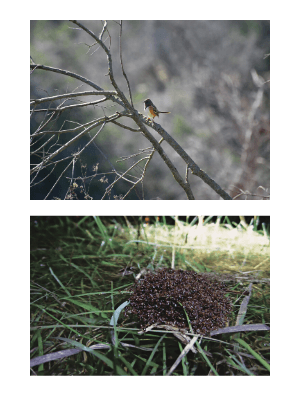 Wintering and Resident Bird Surveys (WRBS): We are currently finishing these up for the season, but still have some room to fit in a few more before February 15. Schedule yours today!
Wintering and Resident Bird Surveys (WRBS): We are currently finishing these up for the season, but still have some room to fit in a few more before February 15. Schedule yours today!- Nest Boxes: Check and clean these out before the upcoming breeding bird season
- Imported Red Fire Ant Control: Begins in March
- Brush Management: Needs to be done before the breeding bird season, which begins in early March
- Spring Breeding Bird Surveys: Begin March 17
- Camera Surveys: Post-hunting season is a good time for this activity
- Feral Hog Control: Late winter through spring is an ideal time to reduce feral hog numbers before spring nesting/fawning
- Strip Mowing & Discing: Best conducted up until late February
- Tree Trimming: Not a qualifying activity, but this is the time of year to do it
- Tree & Shrub Planting: This the best time of year to plant woody plants
Service Spotlight: Seminars
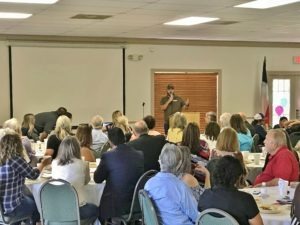 It’s Property Tax Season!
It’s Property Tax Season!
Landowners in Ag or Timber – Come learn how a wildlife management plan keeps your ag or timber valuation in place while improving the beauty of your land and ease of operation.
Plateau will present 33 seminars in various cities across Texas in January, February and March to explain the ins and outs of wildlife management valuation, provide examples of qualifying activities and be your resource for any questions or concerns you may have about managing for native Texas wildlife.
You can find the schedule of locations on our event directory.
The deadline to file is April 30, 2020. Contact us today to get started on your Plateau plan!
Back to TopBack to Top‘Tis the Season to Start Talking
By Margaret Menicucci, Braun & Gresham Attorney and Counselor
My father passed away in 2010, after a long and meaningful life. Visits to my parents’ home were periodic because I live in a different state. In the last few years of his life, each time I visited, he would make me sit in his study and review his assets, his filing system, his meticulous records, and his plan for supporting my mother so she could continue to live at home after he passed. When he died, he left plenty of resources to support my mother comfortably. He also left a clear and effective will, beneficiary designations on his accounts, and guideposts in every file in his study that would help me help my mother manage those assets that are critical to her support and comfort. He taught me this powerful lesson about estate planning: an excellent estate plan requires good documents and records and meaningful communication of your goals and expectations with your loved ones.
In 2016, Fidelity Investments conducted a study focusing on the extent to which parents and their adult children communicate in-depth about a range of financial and retirement topics. In the study group, 69% of the surveyed parents of adult children said they have had detailed conversations about their estate plans, but 86% of the surveyed parents said they had not had in-depth (or sometimes any) conversation with their children about long-term care and eldercare. The issues around eldercare and long-term care are especially sensitive and, at times, complex.
‘Tis the season to start talking.
Family visits over the holidays, and in the new year, are prime times for discussions about parents’ long-term care and their legacy – how they want to pass their assets to family and their community. Certainly, an estate plan provides critical tools for directing the care of aging parents and for distributing wealth when they die. A strong estate plan will include a Will or revocable living trust along with disability planning documents such as financial and medical powers of attorney and a health care directive. Our role, as your attorneys and counselors, is to guide you and your family in creating a personalized estate plan that works well. Communication among family members, however, provides that extra level of certainty that the estate plan will be implemented correctly and with respect for personal goals.
It may be too awkward to transition a conversation from football stats to medical powers of attorney. You will have more success with intentionally and honestly asking to set aside time for a discussion (not unlike my father bringing me into the study to review records). A request for time signals the importance of these conversations – this communication is about working together as a family to care for each other.
If adult children are starting the conversation, begin with high-level questions regarding goals and expectations and the ways you can help (not what is in it for you). You are there to learn and understand. Some starters could be:
– “Mom, you have worked so hard to maintain the family ranch, what vision do you have for its future?”
– “Dad, if there comes a time when it is difficult for you to manage your investments and health care, what kind of assistance would you want us, as your children, to provide?”
We have had clients come to Braun & Gresham for estate planning after they have handled the distribution of a parent’s estate. Those clients often tell us that the planning done by their parents, combined with their parents’ thoughtful communication of their wishes, was a priceless gift. It eased their minds, minimized sibling conflict, and helped expedite the probate process.
In the new year, a simple and priceless gift that you can give to your family is taking the time to talk about a parent’s estate plan (or need for one) and their expectations about retirement and long-term care.
If you have any questions or want to learn more about the estate planning process, please call Margaret at (512) 894-5426.
Back to TopBack to TopPlateau Land Group Featured Listing
Aviator’s Oasis
171 Acres, $1,650,000
Stockdale, Wilson County, TX
Fly into your ranch, park the plane in the hangar, and start your next hobby project. This one-of-a-kind country compound includes an airstrip, hangar, workshop, main home, guest house, and acres of irrigated pastures. The wooded back acreage, giant oak trees, and ponds add to this diverse property located halfway between Stockdale and Seguin, just two miles off SH 123.
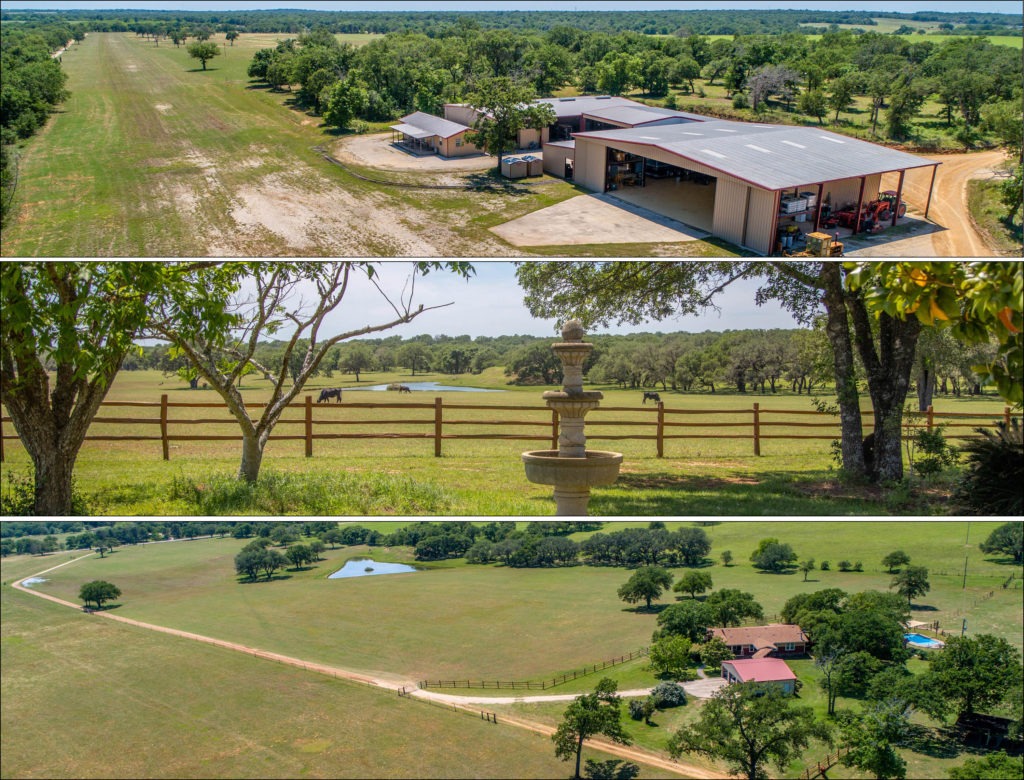
View all of Plateau Land Group’s listings.
Click here to receive Plateau Land Group’s newest listings by email.
The Importance of Quality & Going Local
By Steve Parker, Products & Services Division Manager
Did you know that the nest boxes that Plateau sells and installs on landowner properties are locally sourced? Or that the platform feeder or rainwater collection system you might have purchased from us is fabricated right here in Texas? In this day and age, when many of the everyday items people purchase are imported from outside the U.S., it is good to know that you have options when it comes to wildlife management products. At Plateau, we are very conscious of maintaining a level of quality in our suite of product offerings that we can stand behind.
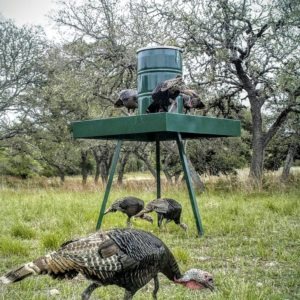 As the premier provider in Wildlife Management Plans and consulting services for Texas landowners, Plateau is committed to selling and installing wildlife management related products matching that level of service. Landowners want wildlife products that both support the recommended activities their wildlife management plan-writing biologist has prescribed for their property, as well as years of trouble-free service. This is not only of paramount importance in regards to providing value to our landowner clients but in providing real resources to the wildlife they are actively managing for.
As the premier provider in Wildlife Management Plans and consulting services for Texas landowners, Plateau is committed to selling and installing wildlife management related products matching that level of service. Landowners want wildlife products that both support the recommended activities their wildlife management plan-writing biologist has prescribed for their property, as well as years of trouble-free service. This is not only of paramount importance in regards to providing value to our landowner clients but in providing real resources to the wildlife they are actively managing for.
Here at Plateau our mission to provide quality wildlife management products and services to landowners includes the support of local businesses. We have been able to evolve our product line by playing an active role with the people who build our offerings. We can work directly with a fabricator at the welding shop in Helotes, PJ Industries, to custom build a prototype, or modify existing designs, to make them more efficient to install on properties. When stopping by Fleming’s woodshop in Hays County we can discuss hardware or lumber procurement face to face with the person who is building the nest boxes. These types of long-term, personal relationships with fabricators and craftsmen allow for a level of accountability, resourcefulness, and trust that can’t be matched by offshore or volume providers.
We don’t stop with locally sourced wildlife product providers either. We have relationships with Texas vendors and service providers as well. Since 2005 Plateau has counted on the good folks at Hill Country Outdoor Power to service and maintain our chainsaws and two-cycle water transfer pumps. We have been purchasing our conventional and organic fire ant bait from Adams Wholesale in San Antonio since 2001. We count on Mike Standish, our representative at Nutrien Ag Solutions (formerly Crop Production Services), to get the best price on herbicides for our chemical brush management services. For years we have been purchasing pallets of bird feed mix from Monica and Corinne Swenson of Triple S Feed in Dripping Springs and Johnny’s Feed & Supply in Boerne.
We know you have choices when it comes time to purchase wildlife management products. And regardless of what county your property is in, there are no mandates on quality where the Central Appraisal District is concerned. When deploying products like supplemental feeders, rainwater collection systems and songbird nest boxes, landowners only need to meet minimum intensity requirements (where quantity per acre is concerned) to comply with a wildlife management activity. But wouldn’t you rather put out quality products that you know will stand the test of time? Ultimately it is the songbird utilizing a nest box, a fox drinking from a rainwater collection system, or the turkey feeding from your platform feeder that is counting on that product you have chosen to put on your land.
For a look at Plateau’s Wildlife Management products, visit plateauwildlife.com/products
Back to TopBack to Top








Sorry, the comment form is closed at this time.